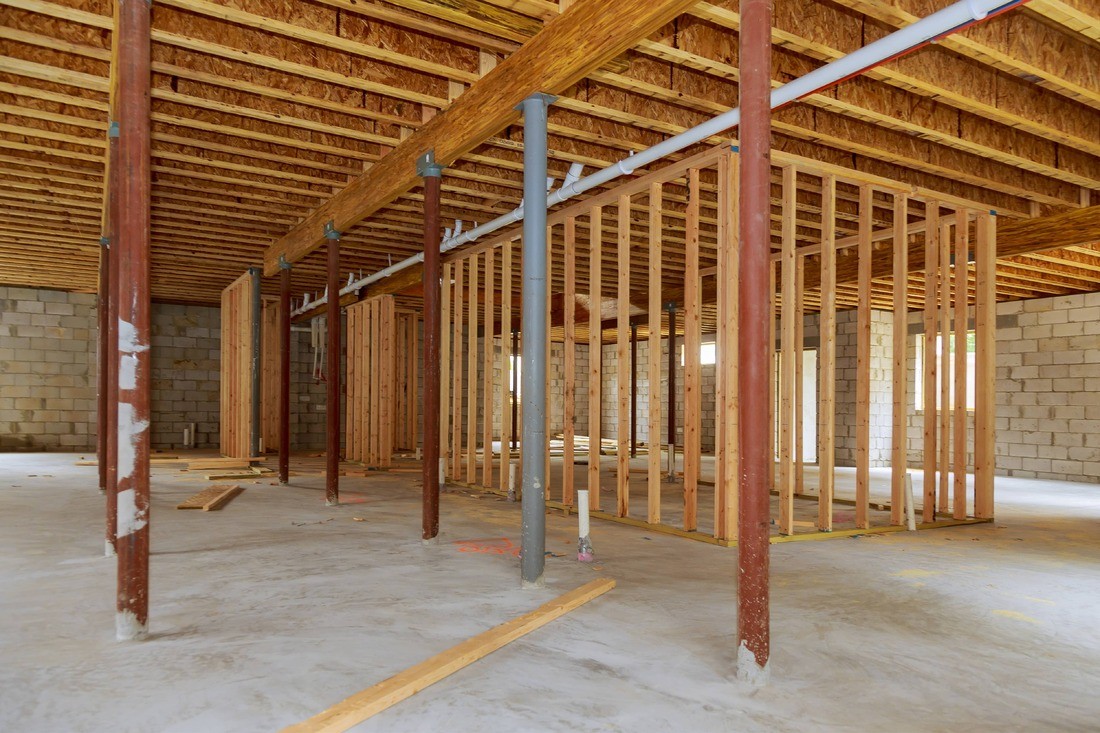
Introduction
Welcome to the Plumber’s Guide: Fixing Broken Pipes and Minimizing Water Damage. In this comprehensive guide, we will explore various techniques and methods for repairing broken pipes and minimizing the potential water damage that can occur in your home. We’ll cover everything from the initial identification of a pipe leak to the final steps of preventing further damage. By following the advice and tips provided in this guide, you can proactively address plumbing issues and protect your home from water damage.
1. Identifying a Pipe Leak

1.1 Common Signs of a Pipe Leak
When it comes to identifying a pipe leak, it’s important to be aware of the common signs that indicate a problem. These signs may include:
- Visible water stains or discoloration on walls or ceilings.
- Dripping or running water sounds behind walls or under floors.
- An increase in your water bill without an apparent cause.
- A musty or moldy smell in certain areas of your home.
If you notice any of these signs, it’s crucial to take immediate action to prevent further damage.
1.2 Using a Leak Detection Device

In some cases, identifying a pipe leak may be challenging, especially if the affected pipe is hidden behind walls or under the ground. In these situations, using a leak detection device can be incredibly helpful. These devices use advanced technology to pinpoint the exact location of a leak, allowing you to address the issue more effectively.
Recommended Product: Leak Detection Device
2. Fixing Broken Pipes
2.1 Shutting Off the Water Supply
Before attempting to fix a broken pipe, it’s essential to shut off the water supply to prevent any further leakage. Locate the main water valve in your home and turn it off. This step will help minimize the water damage while you work on repairing the pipe.
2.2 Patching a Small Pipe Leak
If the pipe leak is small and manageable, you may be able to patch it temporarily until professional help arrives. Use a pipe repair clamp or pipe tape to seal the leak. However, keep in mind that these are temporary solutions, and it’s crucial to have the pipe repaired properly to avoid future issues.
2.3 Replacing a Damaged Section of Pipe
For more severe pipe leaks or damage, replacing the damaged section may be necessary. This process involves cutting out the damaged section and installing a new pipe or coupling in its place. It’s recommended to seek the assistance of a professional plumber for this type of repair to ensure it is done correctly.
If you require immediate assistance with broken pipes or water damage, contact JGW Group Water Damage Restoration.
3. Minimizing Water Damage
3.1 Removing Standing Water
After addressing the pipe leak, it’s essential to remove any standing water as quickly as possible to prevent further damage. Use a wet/dry vacuum or a pump to extract the water. Be cautious when dealing with electrical outlets or appliances that may have been affected by the water.
3.2 Drying and Dehumidifying the Affected Area
Once the standing water has been removed, it’s crucial to dry and dehumidify the affected area to prevent mold growth. Use fans, dehumidifiers, and open windows to promote air circulation and speed up the drying process.
3.3 Inspecting Surrounding Areas for Damage
Even if the pipe leak was localized, it’s essential to inspect surrounding areas for any hidden damage. Check walls, floors, and ceilings for signs of water damage or mold growth. If necessary, consult with a professional mold remediation expert to address any mold issues.
Conclusion
Fixing broken pipes and minimizing water damage requires prompt identification, proper repair techniques, and proactive measures. By following the comprehensive steps provided in this guide, you can effectively address pipe leaks and protect your home from the potential devastation of water damage. Remember, if you’re facing an emergency water damage situation, it’s always recommended to reach out to a professional water damage restoration service such as JGW Group Water Damage Restoration.



